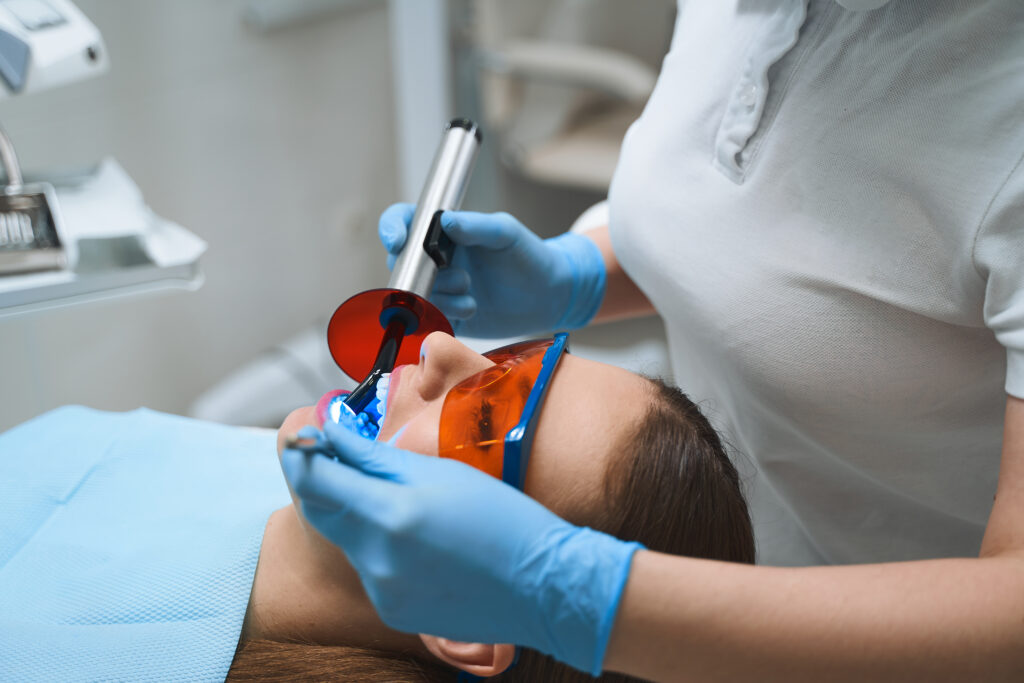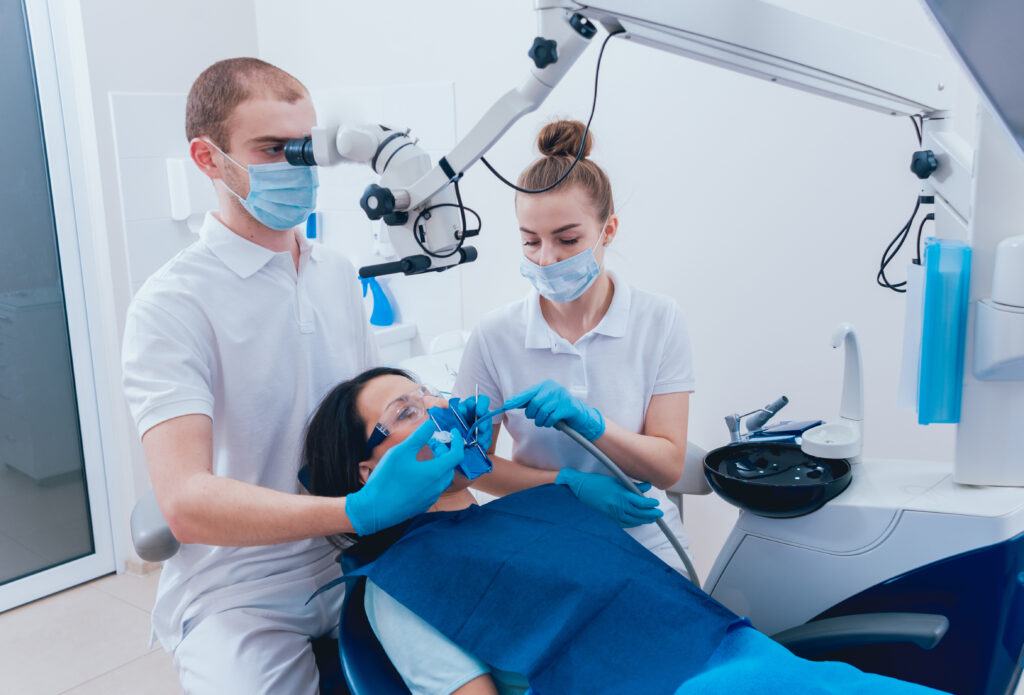
Dental procedures are most likely not at the top of peoples to-do list, especially when it involves drilling, extracting or going under anesthesia. But having a root canal can prevent more damage to your tooth and jaw and has evolved tremendously in recent years.
If your tooth is cracked or chipped, bacteria can seep in causing infection in the tooth pulp. When left untreated, it can cause tooth decay, bone loss and pulp death. Once tooth decay or bone loss happens, it does not grow back. Keeping your smile whole and beautiful requires regular dental treatment and handling the bacteria as soon as possible.
How Do I Know If I Need A Root Canal?
Along with other conditions, our body usually lets us know that something is wrong with pain. Teeth decay and gum decay are no exceptions. If you are experiencing spontaneous pain that comes in waves, you may have a decaying tooth.
Small bumps on the gums, also called fistula, may be a sign of infection and the need for a root canal. If your gums are also swollen or inflamed, this is also another symptom that should be checked out. Sometimes gum sensitivity can be caused by other issues, but a root canal could be the next step.

If you also have a sensitivity to hot or cold foods and drinks, this could mean that your tooth is infected or your gum is infected. These common signs can be different for every patient, but should not be ignored. You should speak to your dentist immediately if you are in extreme pain, see darkening in your gums or have any questions about tooth decay.
What Does the Root Canal Process Look Like?
In the past, root canals were a much more extensive process and used to be more painful for dental patients. Now with advancement in dental technology, tools and anesthetic, it is much like getting a cavity filled. You may not even feel the first injection because of the anesthetic use. Our dentists will take X-Rays to determine the depth and need for a root canal in a first appointment. Once the dentist has determined that a root canal is the best option, they will set up an appointment to perform the procedure.
During a root canal, a local anesthetic will be used to help minimize the pain you may feel. The process is designed to remove bacteria from the root of the tooth, and prevent reinfection from occurring. A root canal gets down to the tooth pulp and removes the infected pulp. We will then disinfect and clean the inside of the tooth. It will then be filled back in similar to a cavity filling and sealed up.

The dentist will put a temporary seal over your tooth until your permanent crown is ready and the tissue is healed. Once the tissue is healed we will finish the treatment by placing your crown on the now non infected tooth.
After Care
Taking care of your teeth and gums after a dental procedure is extremely important. It is important to practice proper brushing and flossing and any instructions given to you by the dentist after your root canal. It may also be best to avoid foods that are hard or sticky as well as alcohol and hot drinks while your tissue and tooth heal.
Consistent dental checkups can help prevent the need for a root canal in the first place or to make sure that everything is healing effectively. Make sure to follow any tips or directions from your dentist and take it easy for a day or two.

Root Canals from Mills River Family Dental
Our dentists offer many dental services that help to ensure the long life of your teeth. We offer dental surgery with root canals and wisdom teeth extraction as well as regular cleanings and teeth whitening.
Our office was opened in 2003 by Dr. William Tropmann. The office was located just down the street in Mills River Commons. Dr. Tropmann retired from dentistry in 2014 and sold the practice to Dr. Stohl. We quickly outgrew the office and in 2017 we had an amazing opportunity to move into our current location in Mills River Plaza. Our new location has 10 operatories to continue serving our community! We love it here.
We love to serve our community and want all our patients to be happy with their smiles. Contact us today or head to our website to read more about our team and our certifications.
